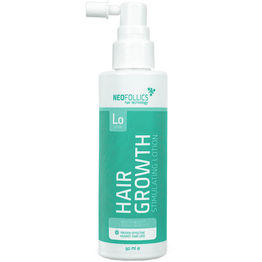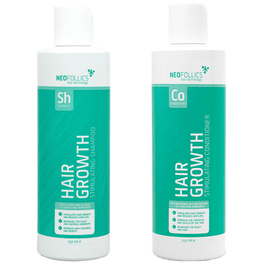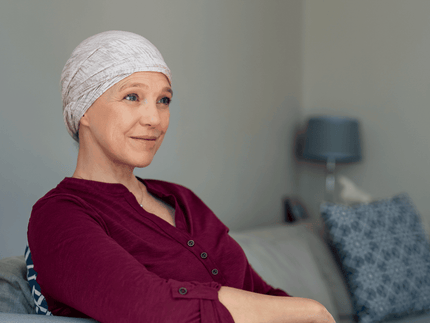What is alopecia areata?
It is a condition in which hair suddenly falls out in specific places, causing bald patches on the head. About 2 out of 100 (or 2% of the population) people will be affected by this disease at some point in their lives. It can happen at any age, including children. It usually affects (young) adults between 20 and 40 years of age. Alopecia areata affects both men and women. The risk of getting it is the same.
What does alopecia areata look like?
The symptoms are limited to one or a few bald patches on the scalp in most cases. The patches are evenly distributed over the entire scalp. The bald patches are often round or oval. At the edge of these patches, hairs may be loose. Also, the hairs at the edge are often differently shaped and resemble an exclamation mark: these hairs are short, narrow at the base and wider at the tip.
What causes these bald spots?
Alopecia areata is an autoimmune disease. This means that your own immune system attacks your body. Scientists do not know exactly why this happens in alopecia areata. Still, they do know that it can have a genetic cause. In about one in five people with alopecia, it runs in their family. Stress is also an important factor in hair loss, although this has not been scientifically proven. However, bald patches on men's and women's heads are not necessarily caused by alopecia areata. The cause may also be, for instance:A fungal infection
- A skin disease that causes scarring, such as scleroderma
- The venereal disease of syphilis
- Wearing a braid or bun that is too tight
- A tight hairpin, scarf, headscarf or turban
- Hair-extensions
- Pulling your hair
Diagnosis
Alopecia areata is a relatively simple diagnosis for bald patches occurring in unusual places on the head. In principle, it does not require a biopsy. If you are in doubt or want to be sure, you can visit your GP or dermatologist for a diagnosis. It is also important to note, should you think you have alopecia areata, that it does not mean you are unhealthy. The condition is unrelated.
Treatments and products
The bald patches you get from alopecia areata are temporary in most cases. How long they last differs from person to person. For some, it is one spot and short-lived; for others, several spots over a long period. There are currently no medicines that can help with localised baldness. But that doesn't mean you can't do anything about it. Some lotions and shampoos stimulate hair growth, and our clients report a positive effect when using them.
The Theradome low-level laser therapy has a proven effect on stimulating hair growth in people with hereditary baldness (androgenetic alopecia). In the case of alopecia areata, insufficient research has been done to make a definite statement about this. But our clients report positive results and are very positive about Theradome as a treatment for their bald spots.
The Theradome LH80 PRO laser helmet is a wireless laser helmet that stimulates hair growth in both men and women by means of laser light (low level laser therapy or LLLT) and stops hair loss. Treatment of hair loss with the Theradome takes 20 minutes at a time, twice a week and has no side effects.
The Neofollics hair growth stimulating lotion is clinically proven to stimulating new hair growth and combating hair loss. The lotion can also ensure thicker and fuller hair. Neofollics lotion contains a high concentration of 10 proven active ingredients, combined in the Neoxyl® hair growth complex.
The hair growth stimulating shampoo by Neofollics Hair Technology is best combined with the Neofollics hair growth sitmulating conditioner. The shampoo is a powerful way to stimulate hair growth and to inhibit hair loss. At the same time, it is very effective against dandruff and promotes the growth of thicker and fuller hair.
Advice personalized to your hair needs
Take our Hairtest to find the best products for your hair within 2 minutes!











